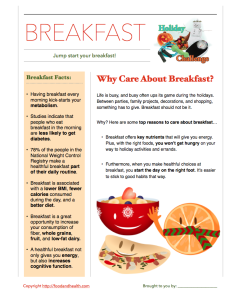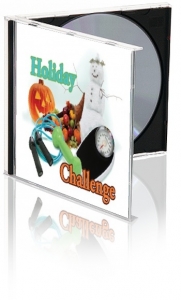Indulge today, work it off tomorrow? If only it was that simple!
Although we never want to discourage people from exercising, it’s important to emphasize that the key to weight loss is healthy eating, not working out. Extra calories are so easy to eat and so hard to burn. Our You Can’t Outrun Your Fork poster gets this message across in a fun, light-hearted way.
This poster brings up some good topics for conversation. Start off by asking your clients how they usually try to outrun the fork:
- The post-workout splurger: You’re more likely to eat more or splurge on dessert if you exercised that day.
- The extra calorie down-player: You tell yourself the larger size soda or extra scoop of ice cream won’t add that many calories (and even if it does, that’s why you workout, right?!).
- The take-care-of-it-tomorrow trickster: You justify over-indulging with a solemn vow to burn it off tomorrow.
- The I’ll-run-an-extra miler: You give in to temptation, promising to add miles or time to your next workout to make up for it.
Don’t forget to remind everyone about the non-weight related benefits of regular exercise (150 minutes/week + strength training 2x/week):
- Helps control blood sugar and blood pressure
- Reduces risk of heart disease, type 2 diabetes, and some types of cancer
- Improves mood
- Helps you sleep
- Reduces stress
- Strengthens your bones
And with Halloween right around the corner, it’s a good time for a reality check. What does it take to outrun your fingers sneaking the kids’ candy? Here’s what you need to do to burn the calories from ONE little fun size serving of candy:
- Fun size Kit Kat (70 calories): Walk your dog 30 minutes.
- Fun size Peanut M&M’s (90 calories): 13 minutes of jogging.
- Fun size Mike & Ike’s (50 calories): Water aerobics for 15 minutes.
- Fun size Reese’s (110 calories): 16 minutes on the exercise bike.
- Fun size Skittles (80 calories): Rake leaves for 22 minutes.
- Fun size Twix (80 calories): 28 minutes of vacuuming.








